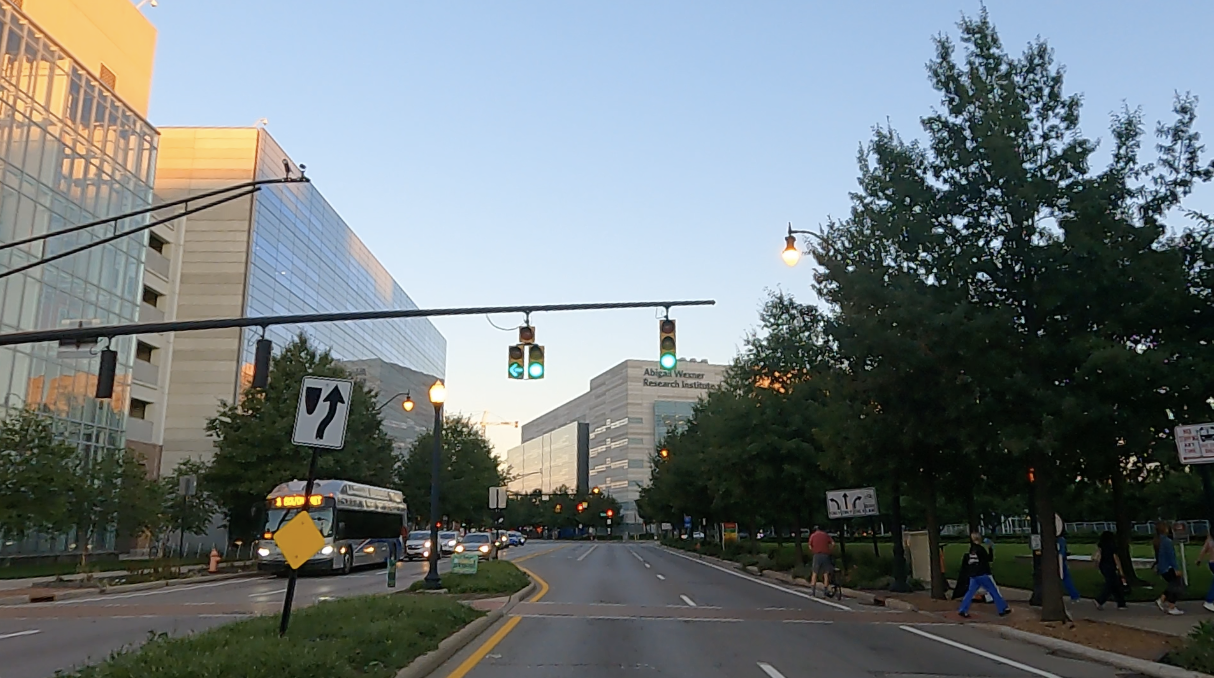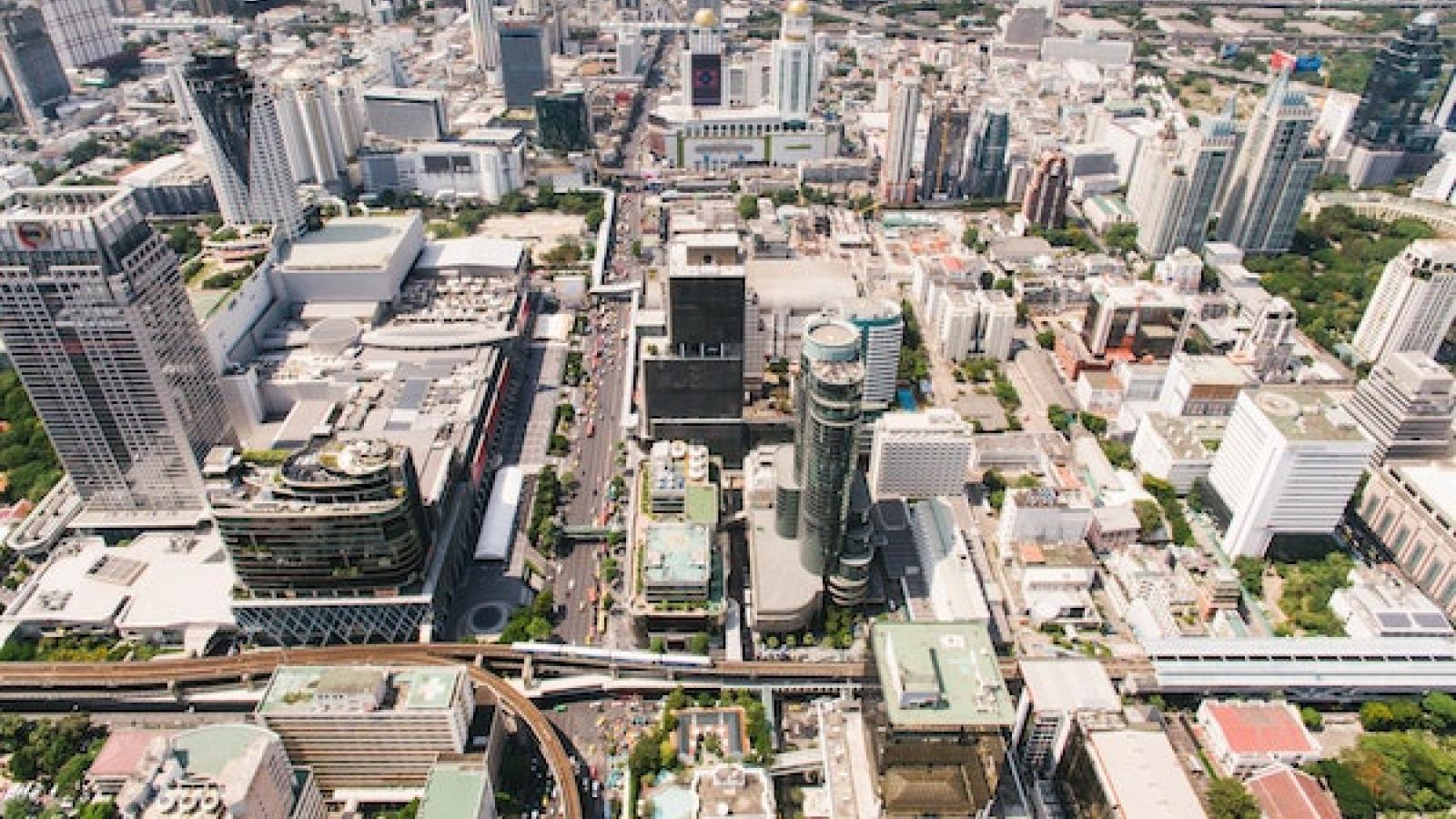The definition of an Urban Heat Island (UHI) is a phenomenon where a city or metropolitan area is warmer than its surrounding rural region due to human development and activities. The replacement of natural vegetation and land cover with asphalt, concrete, and building material seen in cities increases the energy absorbed at the ground level from sunlight. This energy is then re-radiated into the environment as heat, combined with restricted airflow from tall buildings and urban geography and output from human activity and industry, accumulates over the day. As a result, temperatures within urban areas significantly increase over the day compared to their rural counterparts. This difference can be as much as 24°F locally and is usually at its greatest in the evenings and overnight. Columbus is no exception to this phenomenon. According to a 2014 Climate Central study, Columbus had the 8th most intense UHI in the country, with summertime temperatures rising to 4.4°F warmer in the city on average compared to surrounding rural areas. Columbus also has the fastest-growing UHI in the country, with an increase of 0.84°F per decade since 1970. This impacts residents in numerous ways, including the exacerbation of air pollution; increased energy consumption required to cool homes, schools, and businesses; and higher risk of heat-related ailments, especially for high-risk populations including children, pregnant women, elderly adults, exposed workers, and low-income households or marginalized neighborhoods. Households and communities are most at risk, where swaths of residents are socially isolated and unable to afford household cooling.
While increased daytime high temperatures are the weather impact that gets the most attention, persistently warmer nighttime temperatures caused by UHIs should not be understated. Warm nighttime temperatures increase stress on the body, especially for those without suitable household cooling. Without an adequate break from the heat or a way to cool off, prolonged heat stress into the overnight hours can lead to problems sleeping, dehydration, the exacerbation of pre-existing health conditions such as heart or kidney problems, and even the onset of heat exhaustion or stroke.
Although these impacts have already been experienced in other cities, both in the United States (during the 1995 Chicago Heat Wave) and elsewhere around the globe during high heat events, often with significant fatality rates, researchers are now examining more closely how much of an impact UHIs have on hospitalization trends in the region.

References
CDC. “Temperature extremes”, Centers for Disease Control and Prevention.
EPA. “Heat Island Impacts”, Environmental Protection Agency.
Kenard, A., D. Yawitz, T. Sanford, and R. Wang. “Summer in the city: Hot and Getting Hotter.” Climate Central. Aug. 2014.
NIHHIS. “Who Is Most At Risk To Extreme Heat?” Heat.Gov National Integrated Heat Health Information System (NIHHIS).

